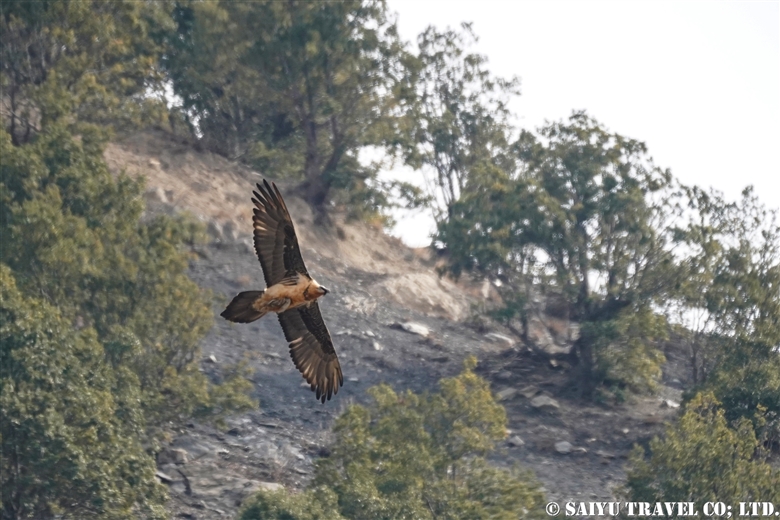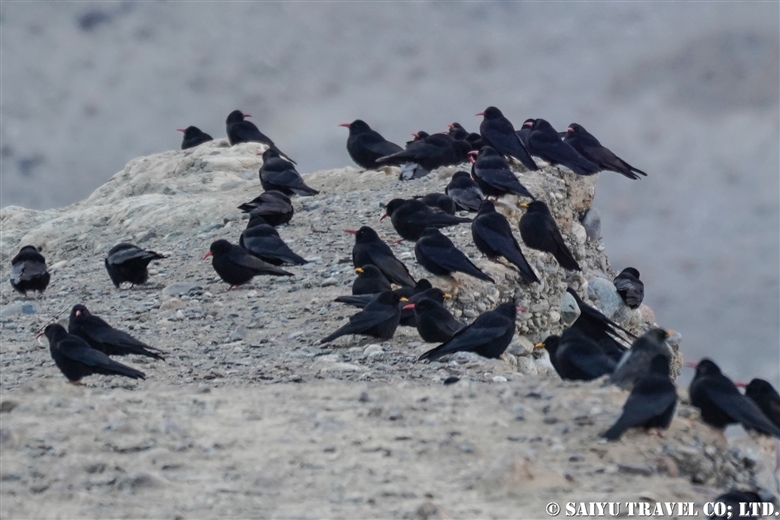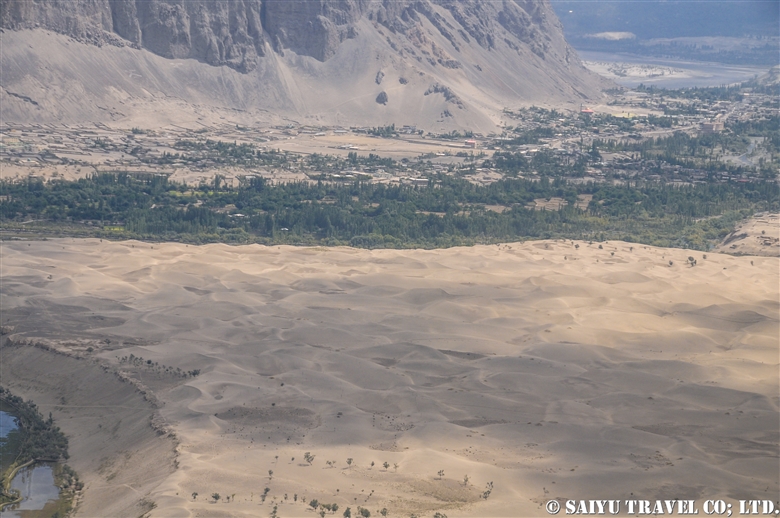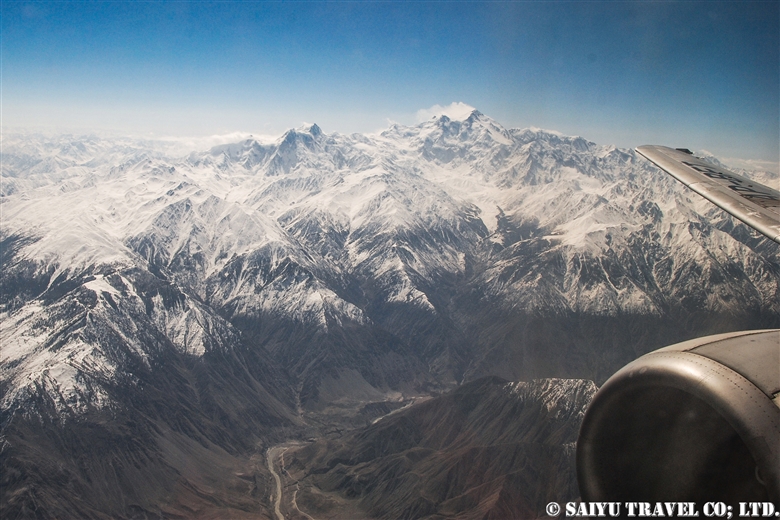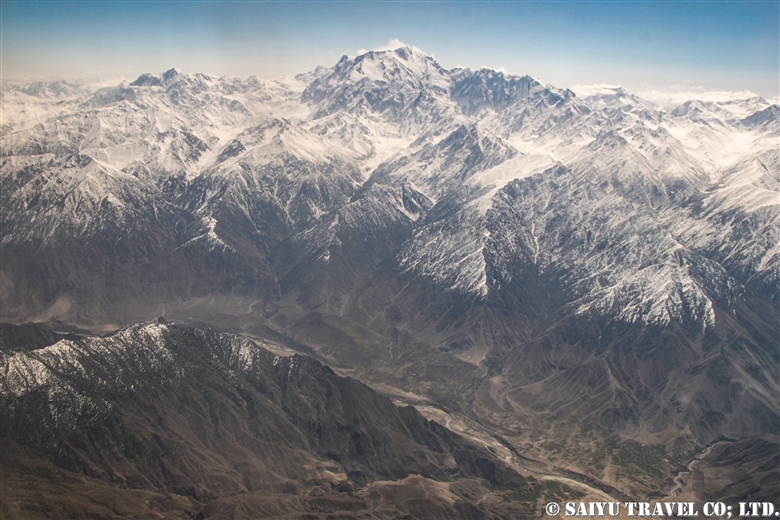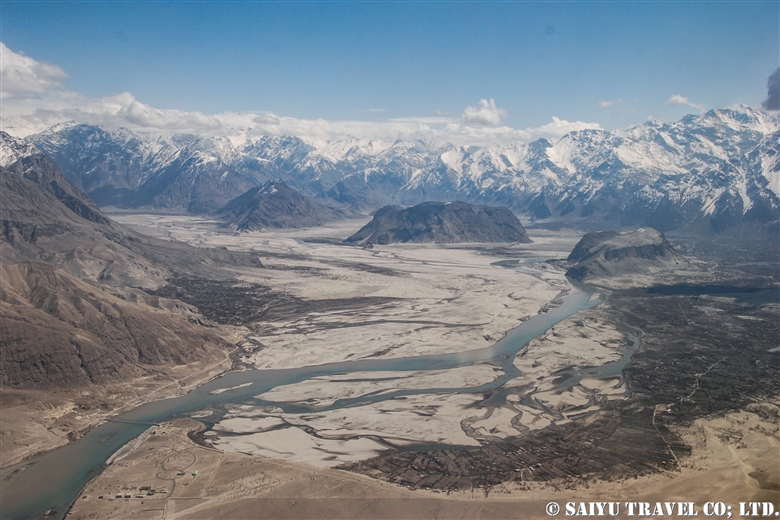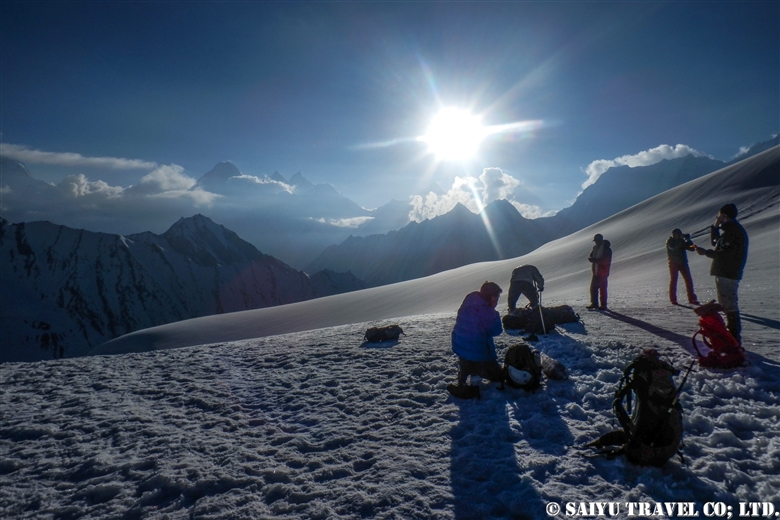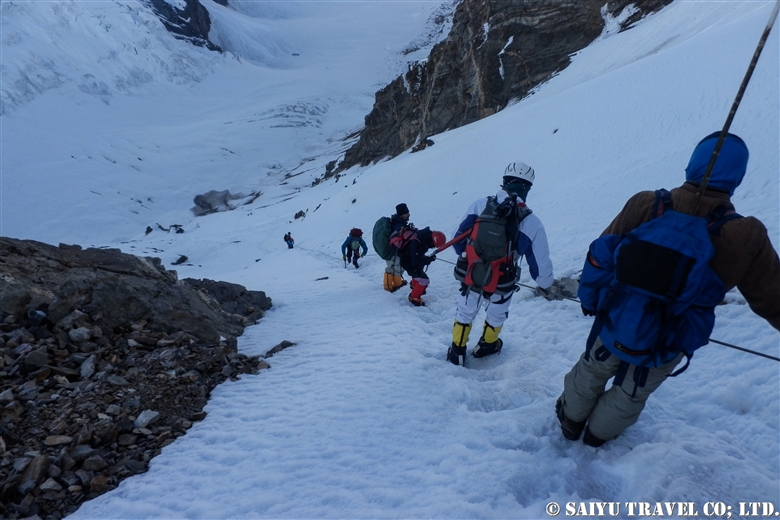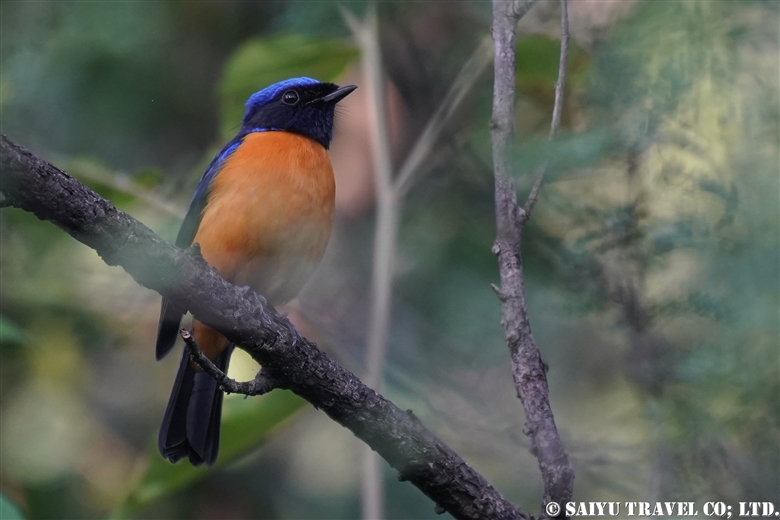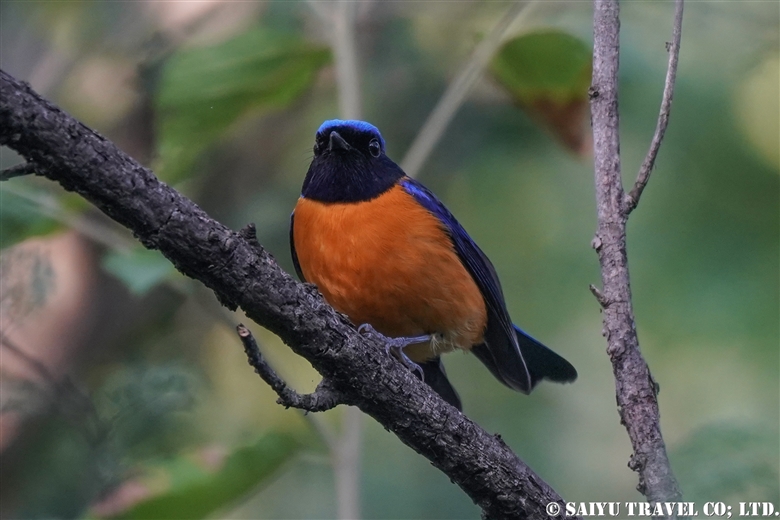In late December, we headed to northernmost part of Pakistan in search of snow leopards. Making our way from the border town of Sost near China, and traveling the Karakoram Highway through Belly Checkpost, to Kooksil with the goal to observe the ibex, bearded vultures, and finally – the coveted appearance of a snow leopard!
Snow Leopard observed from the Karakoram Highway Pakistan
I would have never thought we could see a snow leopard from the Karakoram Highway! What a super lucky encounter with this one!
Video & text: Mariko SAWADA
Observation: Dec 2020, Wadkhun – Khunjerab National Park, Gilgit -Baltistan
Special Thanks: Tomo AKIYAMA, Hussain ALI and Abul KHAN
Tag : Pakistan tour operator , Travel Pakistan Blog , Pakistan Photography Tour , Wildlife of Pakistan , Wildlife tour in Pakistan , Indus Caravan , Pakistan Wildlife Tour , Saiyu Travel Pakistan , Snow Leopard Conservation , Pakistan Blog , Pakistan Travel Blog , Snow Leopard , Pakistan Travel company , Snow Leopard Pakistan










